Tourism in South Korea has more than quadrupled in the last 20 years. The majority of travel is domestic as the transportation infrastructure, including trains and buses, becomes increasingly sophisticated. In addition, the cultural phenomenon known as the Hallyu, or the “Korean Wave” has brought tourists from neighboring Asian countries such as China, Japan and Taiwan, accounting for over 75 percent of international tourists.
The Korean Wave describes a surge in popularity of South Korean culture globally, beginning in the 1990s with the spread of K-pop and Korean dramas and continuing today through social media and YouTube. As a major exporter of culture, the government subsidizes the creative industries as a form of soft power, attempting to become a major player in global culture creation.
As part of this national agenda, architecture in South Korea — and specifically the architecture of tourism — looks both inward, to define itself through its past, and outward, being a global taste-maker. This results in an interesting confluence of vernacular and regionally specific features mixed with cutting-edge forms and technology. Because of this cultural authority, architects in South Korea seek to animate their work with a newness that can both delight and disturb. The hotels below act as mediators for the tourists’ experience of South Korea. The buildings seek a new understanding of South Korea, one that is deliberate and bold while seeking to define itself through its surroundings.
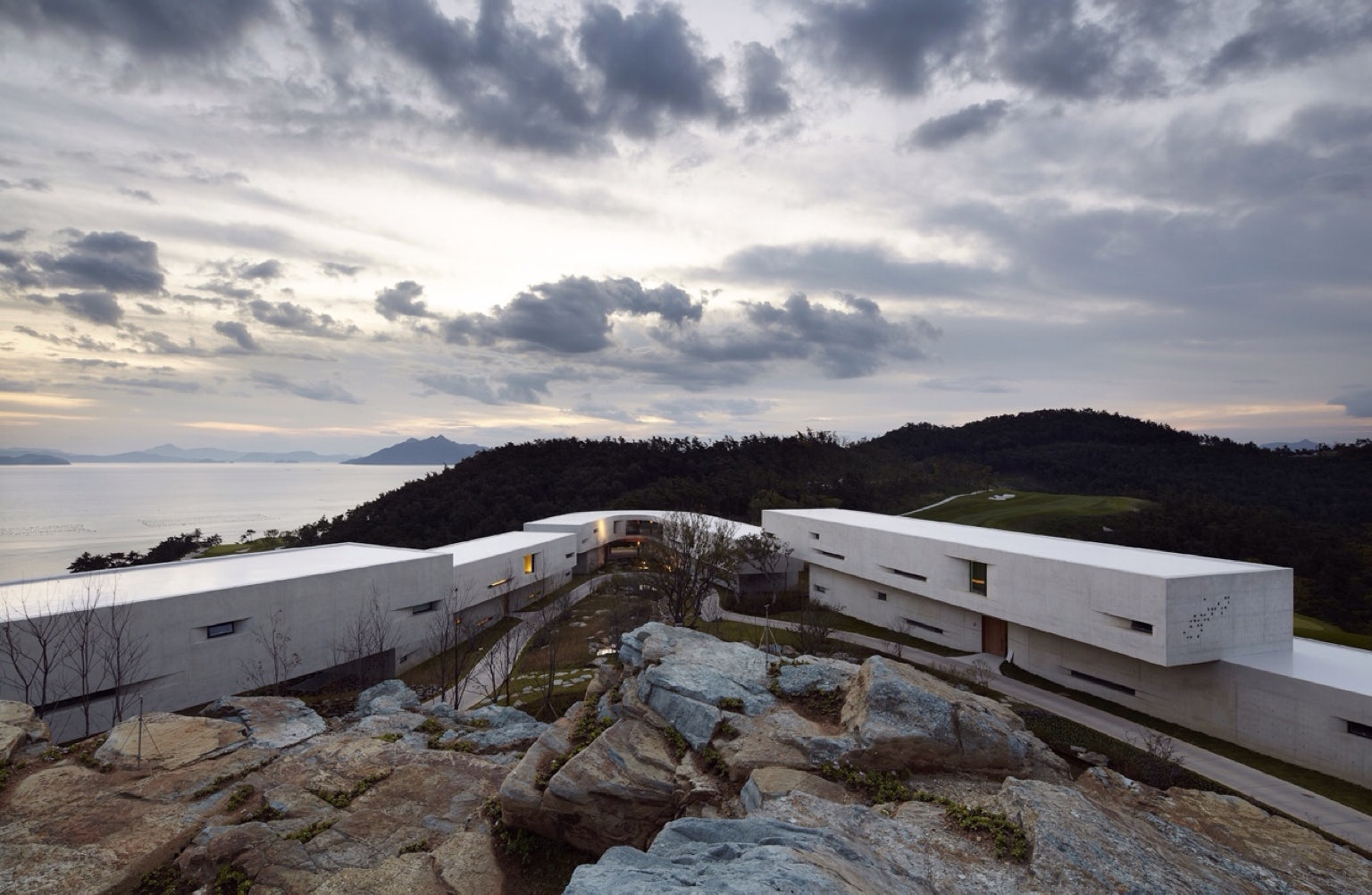
© BCHO Architects Associates
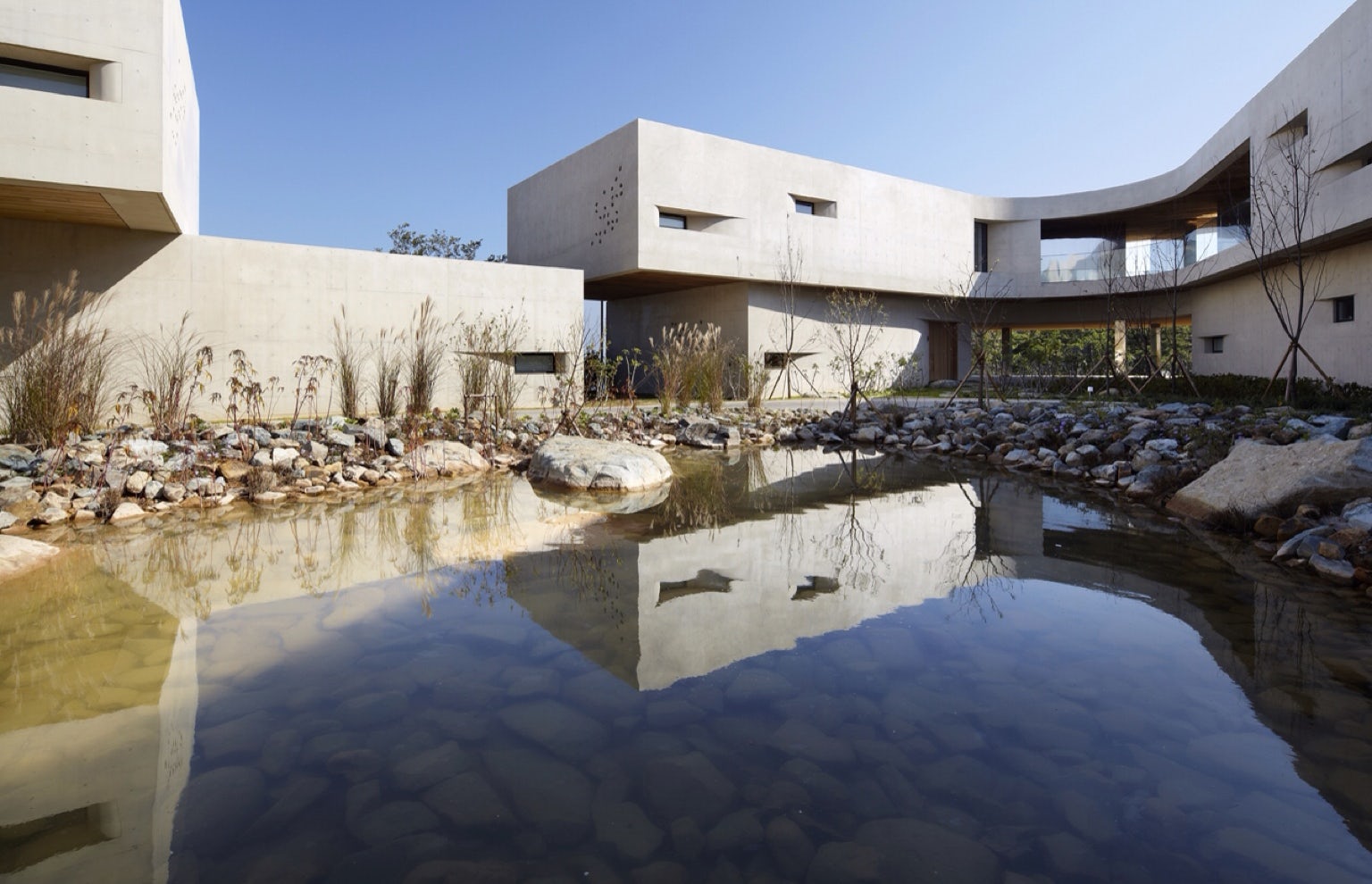
© BCHO Architects Associates
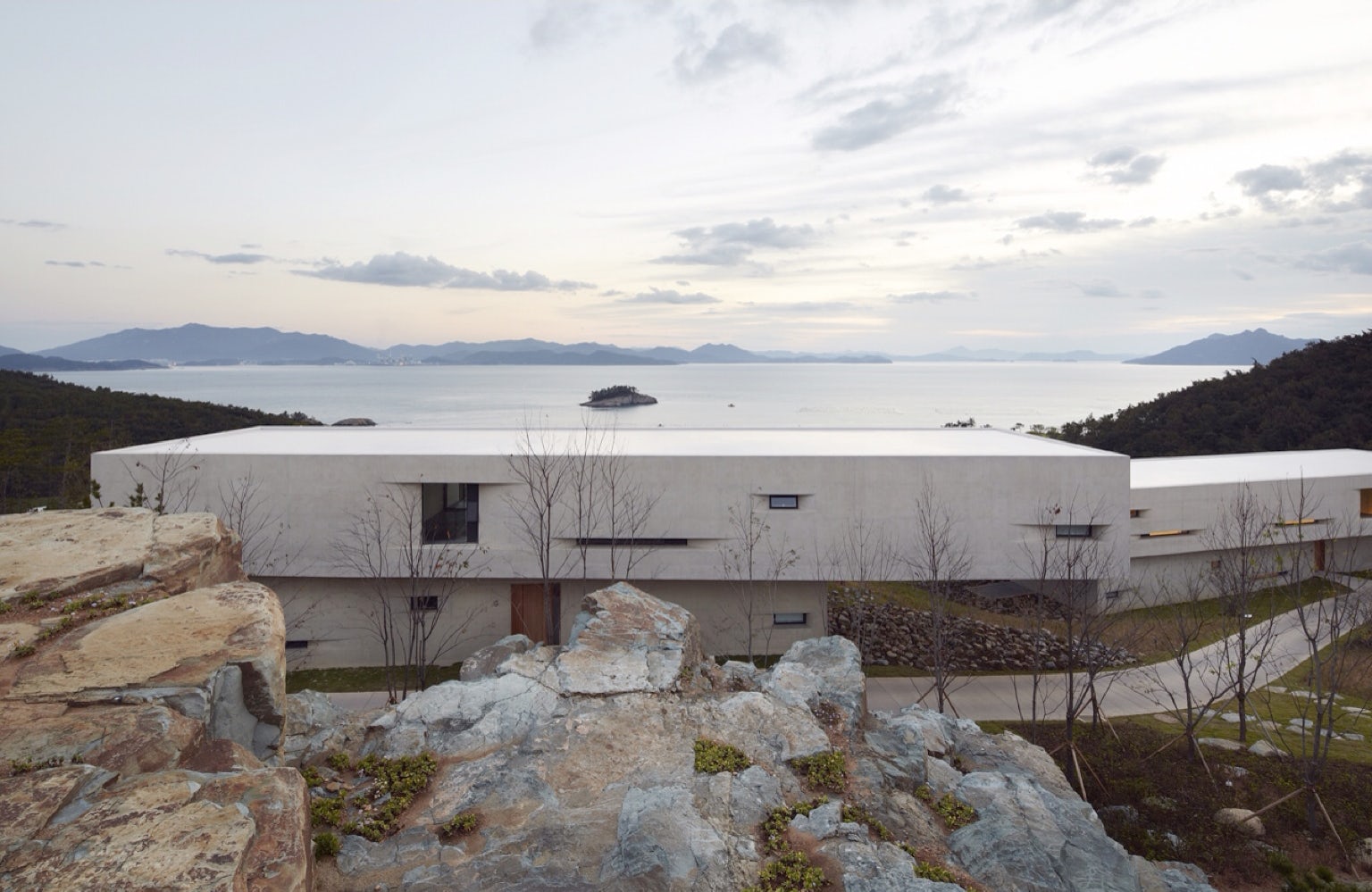
© BCHO Architects Associates
Namhae Southcape Linear Suite Hotelby BCHO Architects Associates, Namhae-gun, South Korea
Resembling the rocky landscape, the Namhae Hotel breaks up the typical hotel mass with stacked forms protruding from the hilly site. The hotel was built as part of a master plan for the South Korean peninsula, including additional tourist programming.

© IDEACOUCH
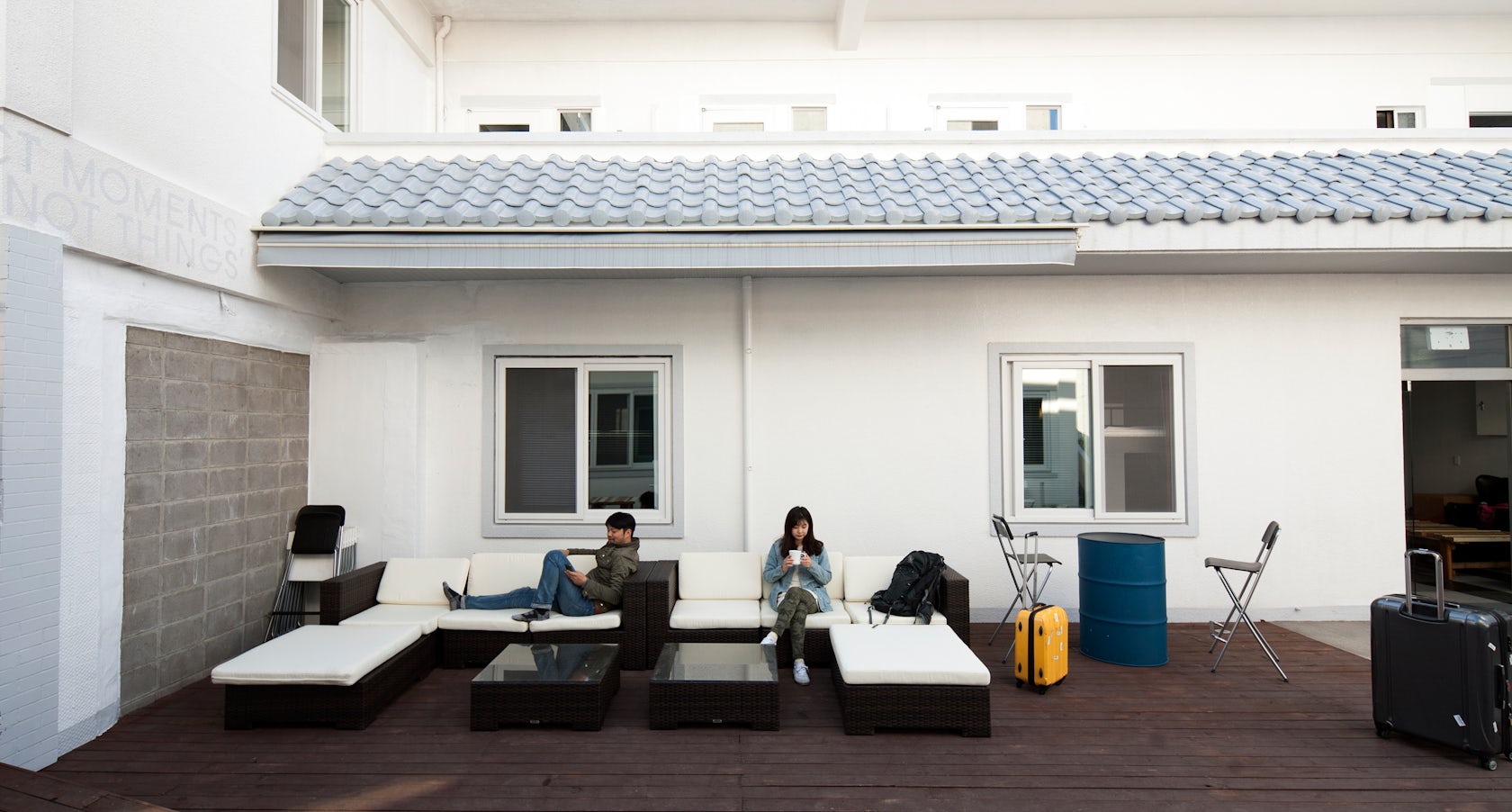
© IDEACOUCH
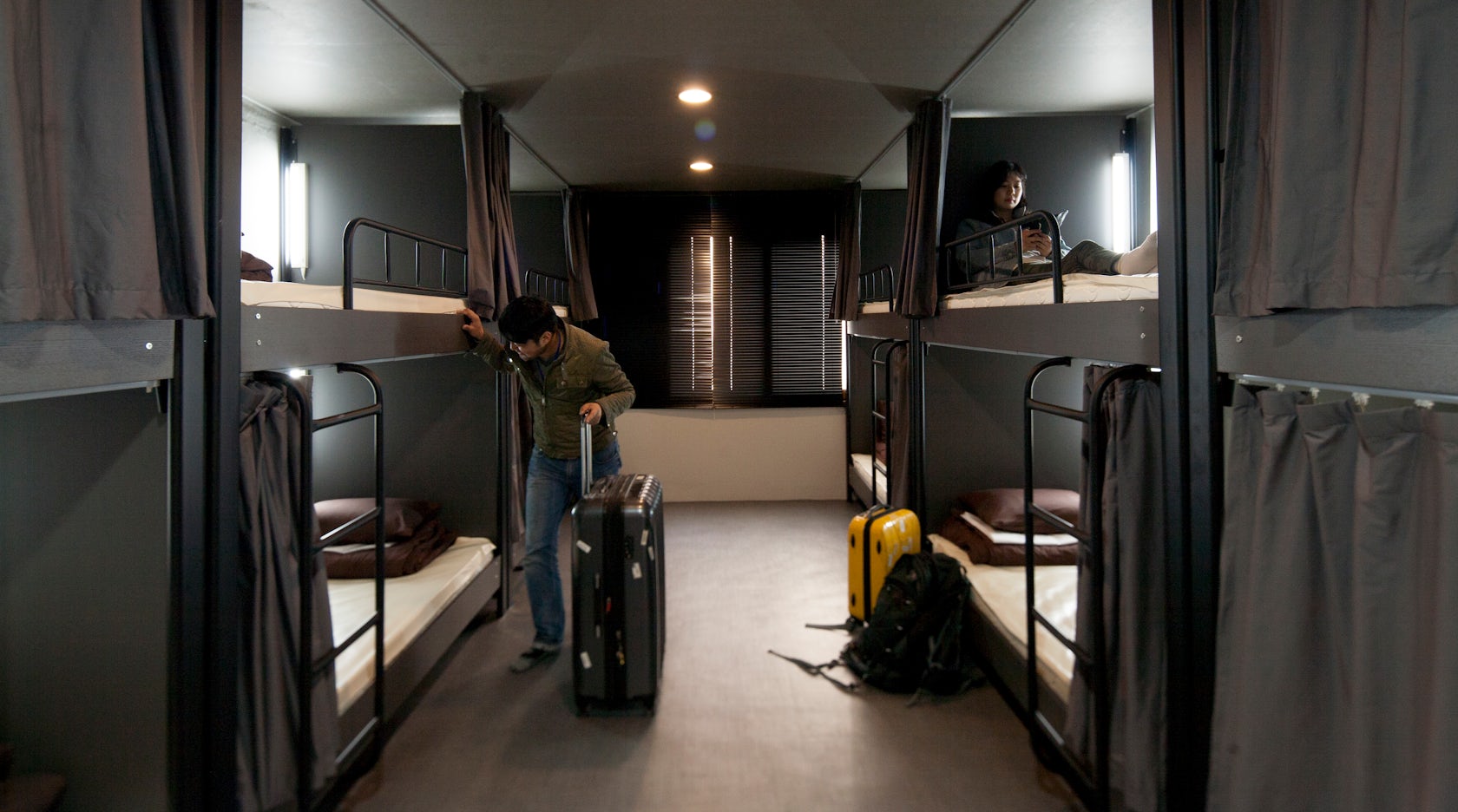
© IDEACOUCH
Mido hostelby IDEACOUCH, South Korea
Even the hostel, an economy option for travelers, is an opportunity for culture creation. The Mido Hostel is welcoming and shows an attention to detail with reused doors and windows incorporated into the decor of the hostel. There are also “themed rooms” that allow visitors to have a personalized experience rarely found in a hostel.
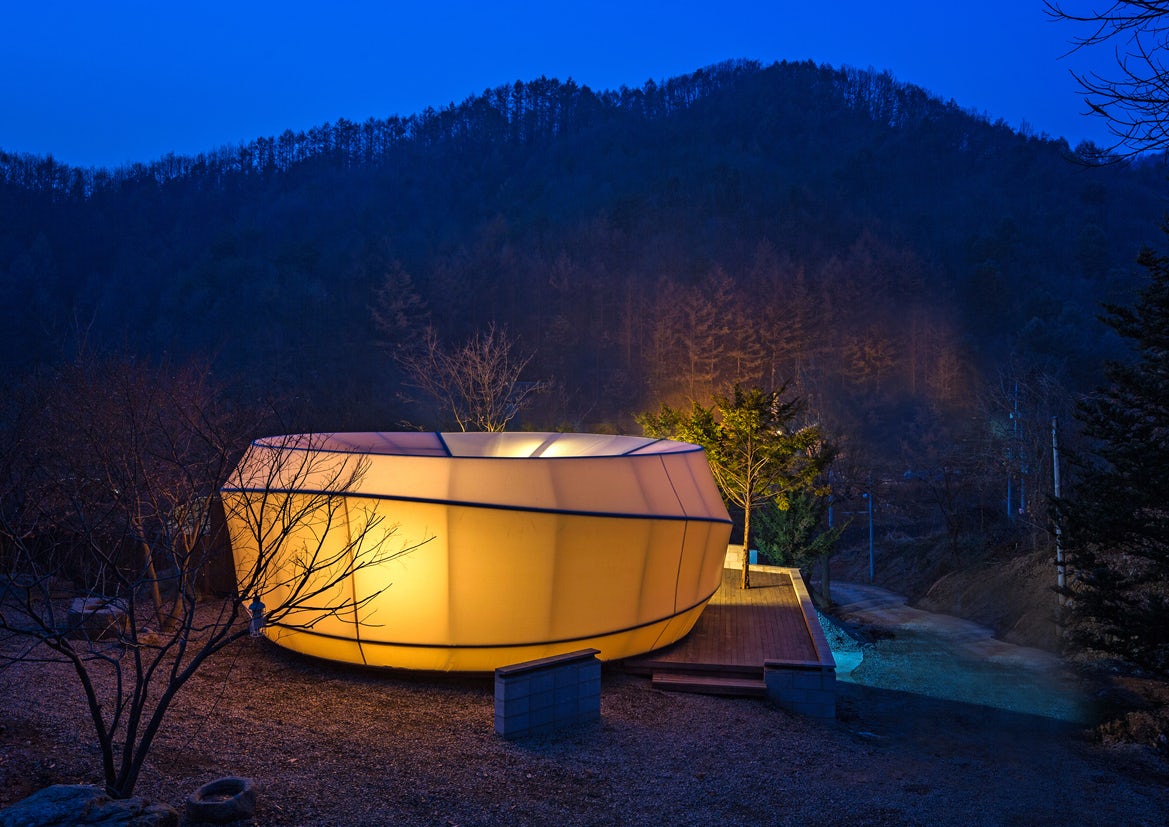
© ArchiWorkshop
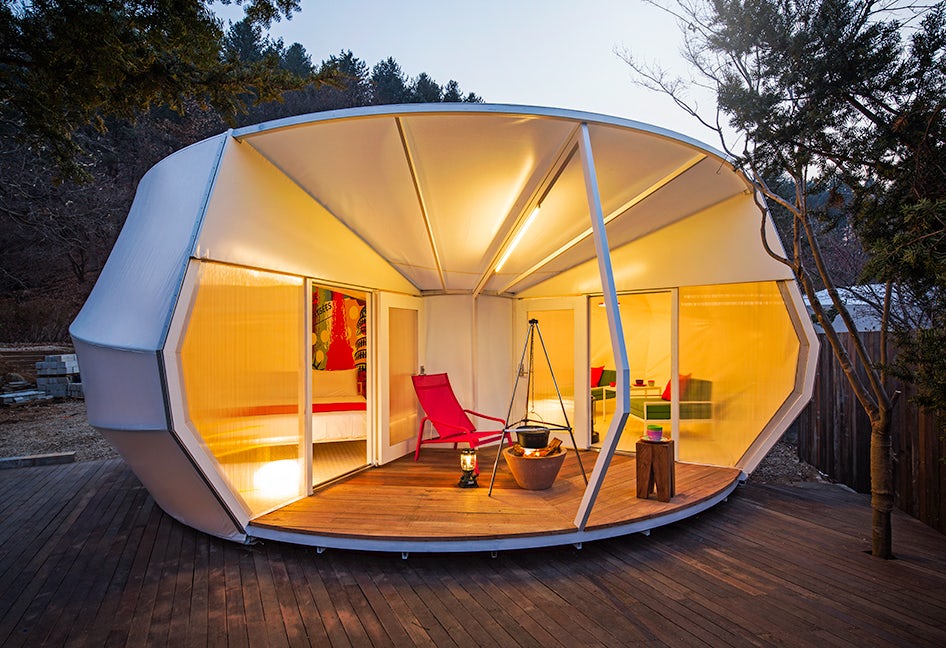
© ArchiWorkshop
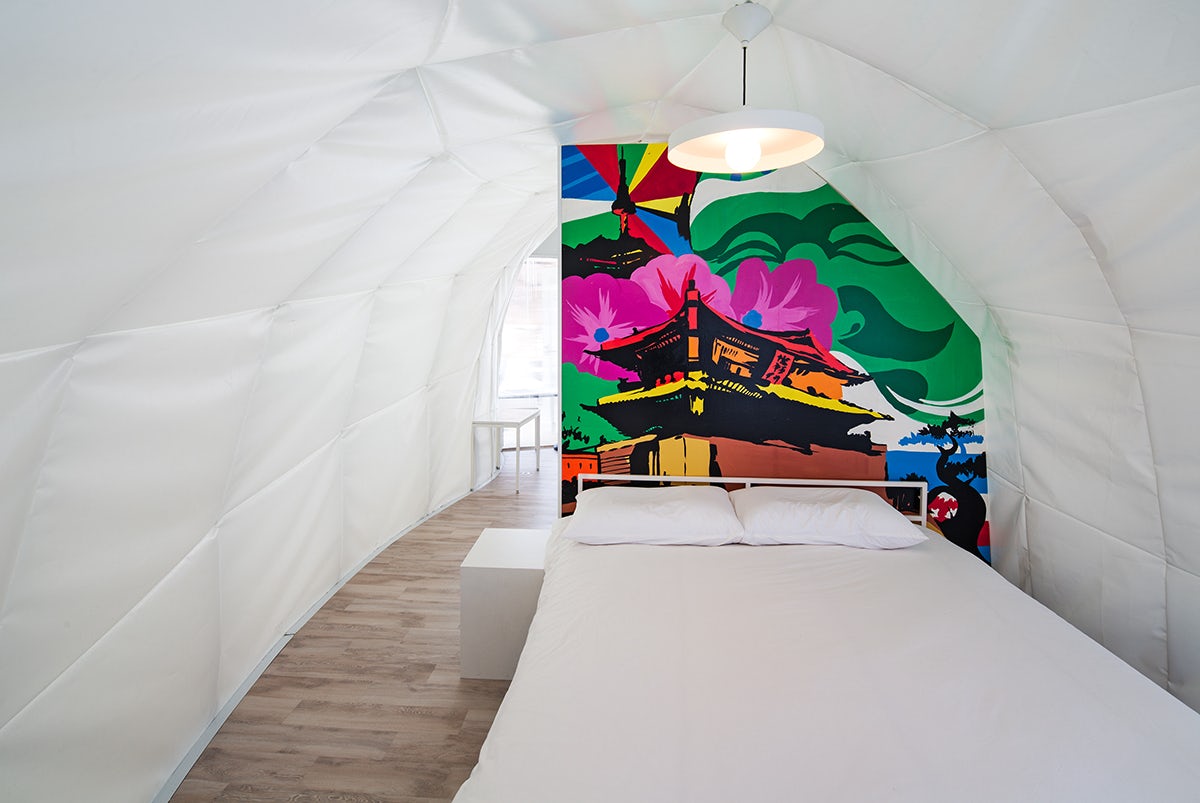
© ArchiWorkshop
ArchiGlam Glamping by Archiworkshop.kr, Yang-Pyeong, South Korea
The Glamping structures by Archiworkshop.kr provide insight into the ambiguity of culture creation in South Korea. The structures are designed to be in harmony with nature, and yet provide many of the modern amenities that are used to keep nature out.
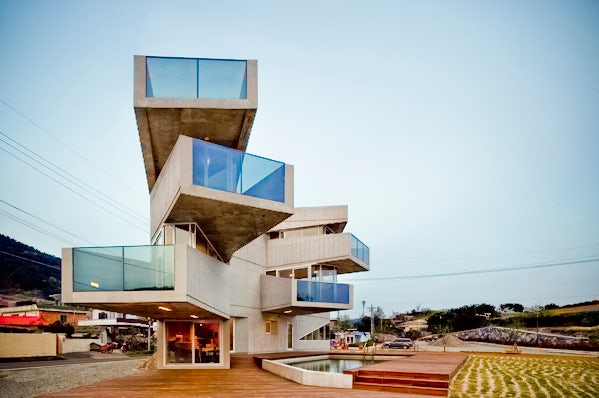
© AND Architecture
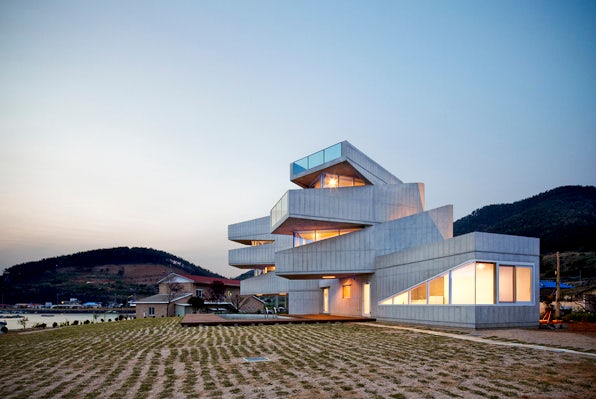
© AND Architecture

© AND Architecture
Aggrenad Hotel by AND Architecture, Gyeongsangnam-do, South Korea
The extreme cantilevered terraces on the front of the Aggrenad Hotel resemble Metabolist structures from Japan in the 1970s, taking the metaphor of growth and sprouting as a basis for structuring our living environments. The result is a novel exploration of hospitality typology that optimizes a visitor’s experience of their surroundings.

© Kyungsub Shin
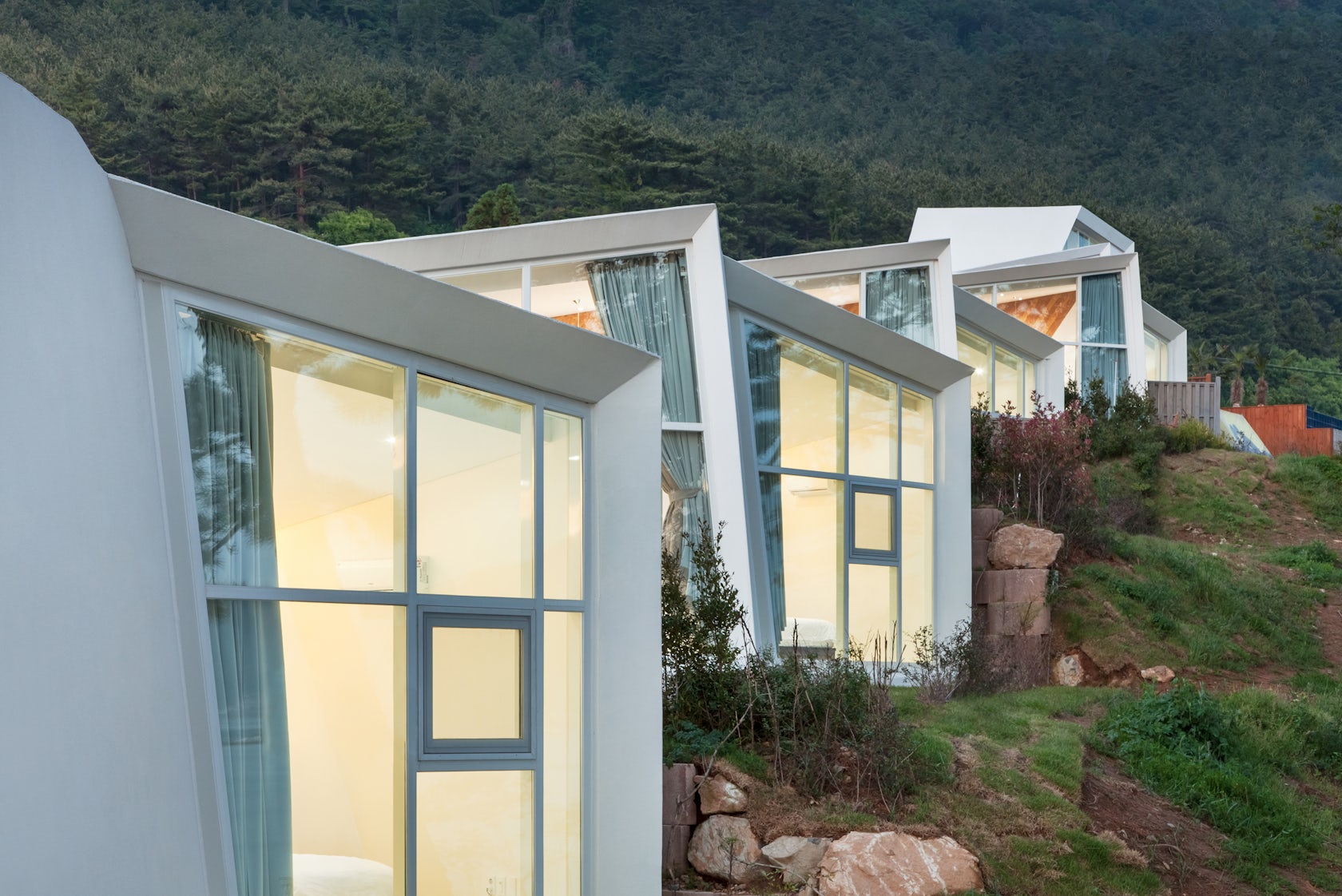
© Kyungsub Shin

© Kyungsub Shin
Knot House by Atelier Chang Ltd, Geoje-si, South Korea
A thoughtful and intricate exploration of folding and nested forms, the Knot House sits atop the southern coast of Geoje Island in South Korea. The cabins are positioned in a way that gives each visitor a private view of the ocean. The knot of each cabin eventually unfolds and a terrace connects each living space with nature.
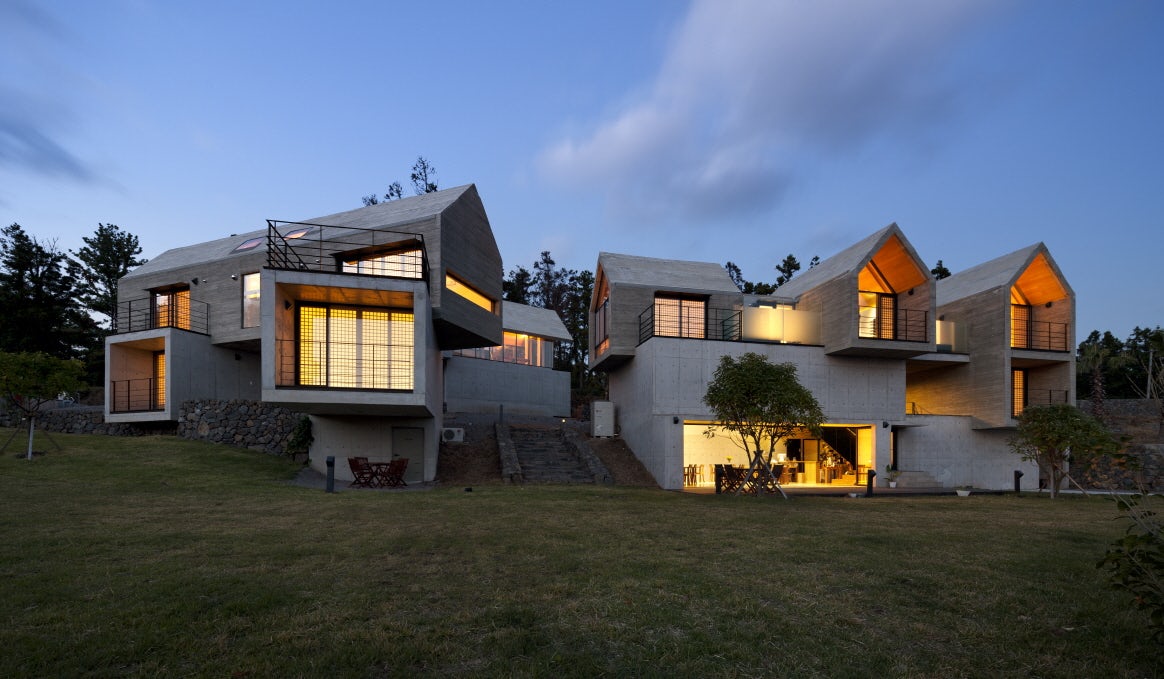
© JEJU STAY BIUDA
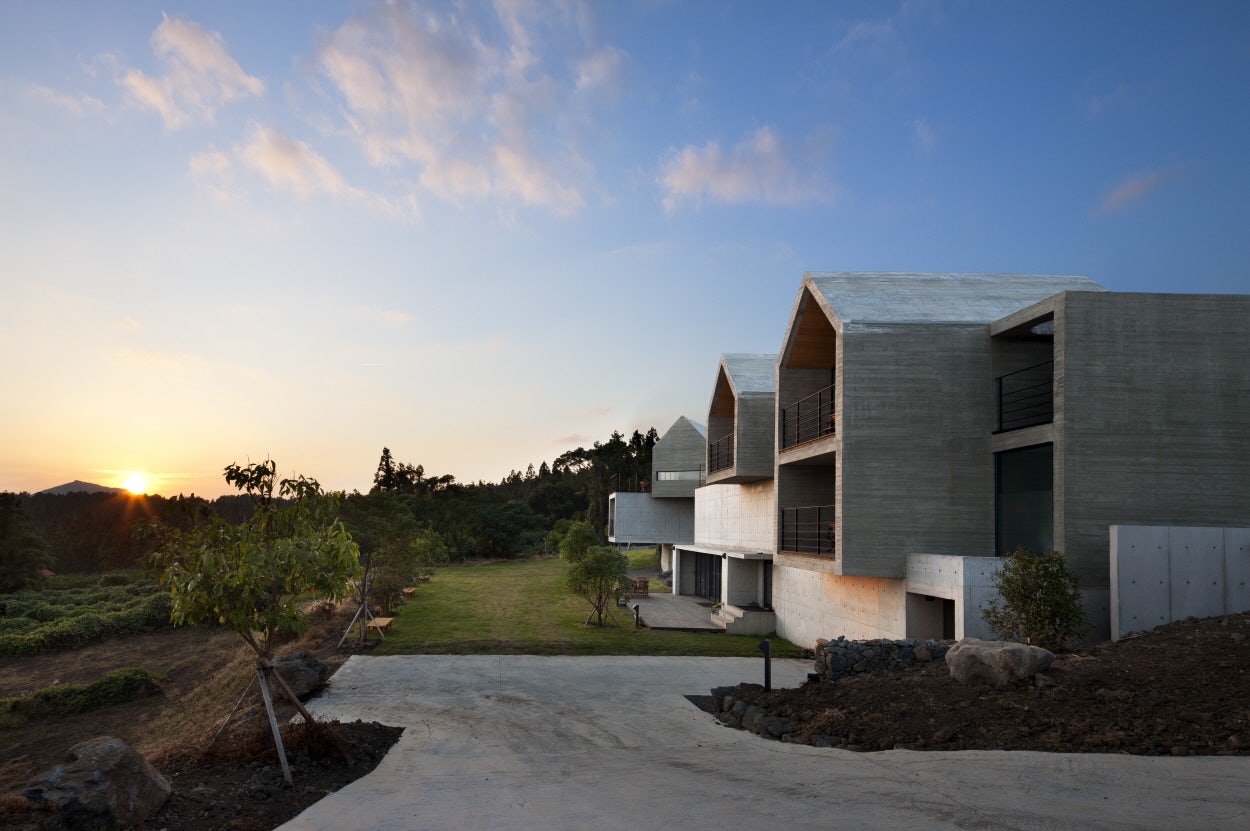
© JEJU STAY BIUDA
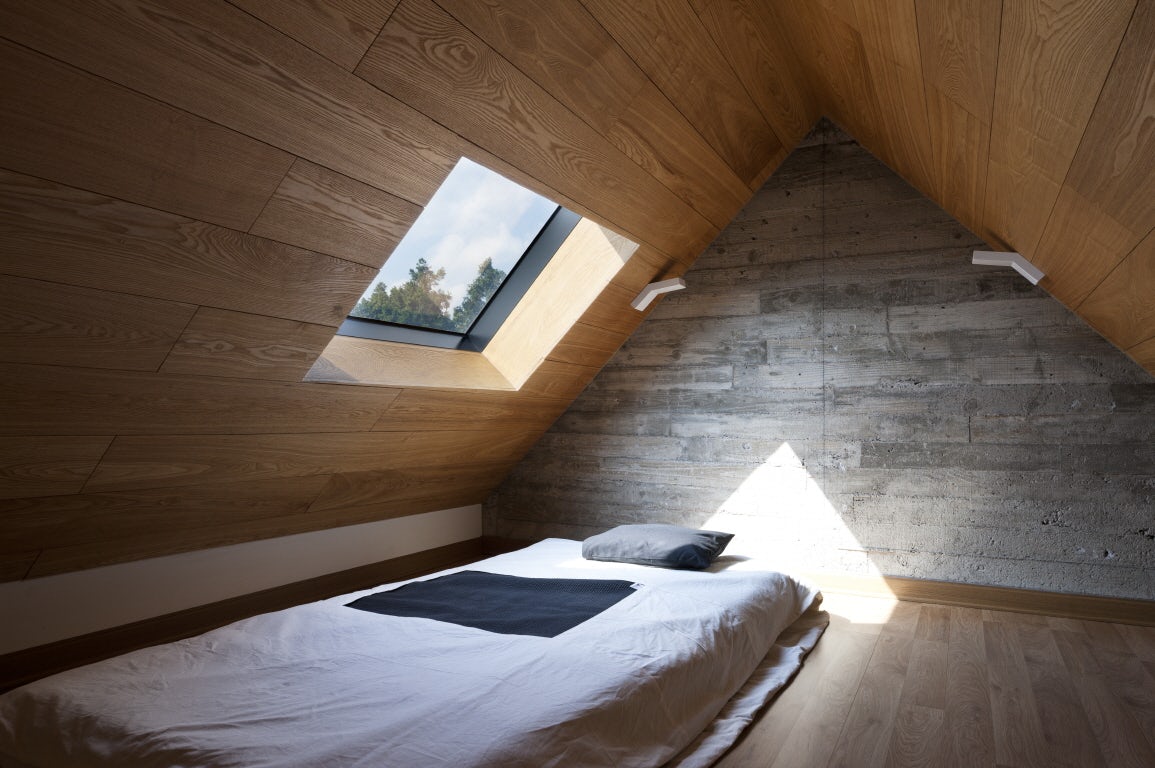
© JEJU STAY BIUDA
Jeju Stay Biuda – “Emptying For Infinite Filling” by JEJU STAY, Jeju Island, South Korea
Located in one of South Korea’s most popular tourist destinations, Jeju Island, the Jeju Stay Biuda is a contemplative retreat for tourists. Resembling a series of stacked hanok, traditional pitched-roof Korean homes, Jeju provides simple amenities along with stunning views of the landscape.
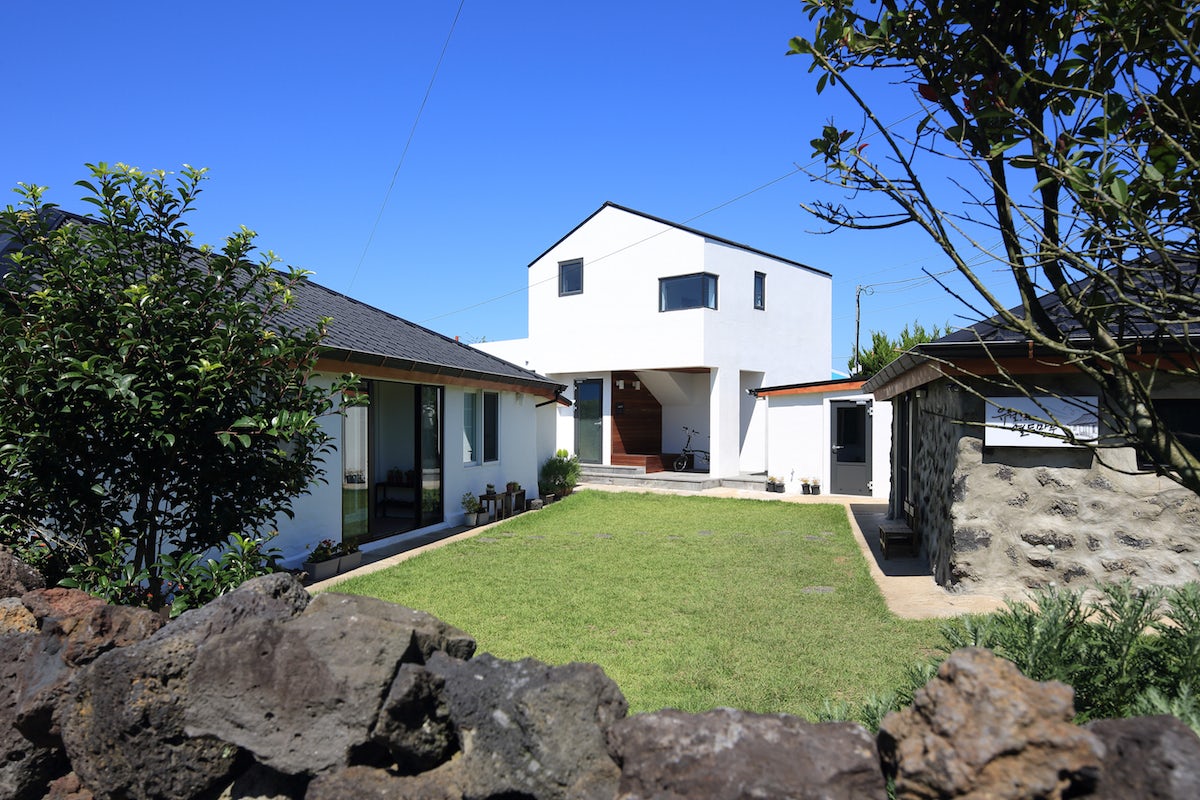
© KIM Jae Kyeong
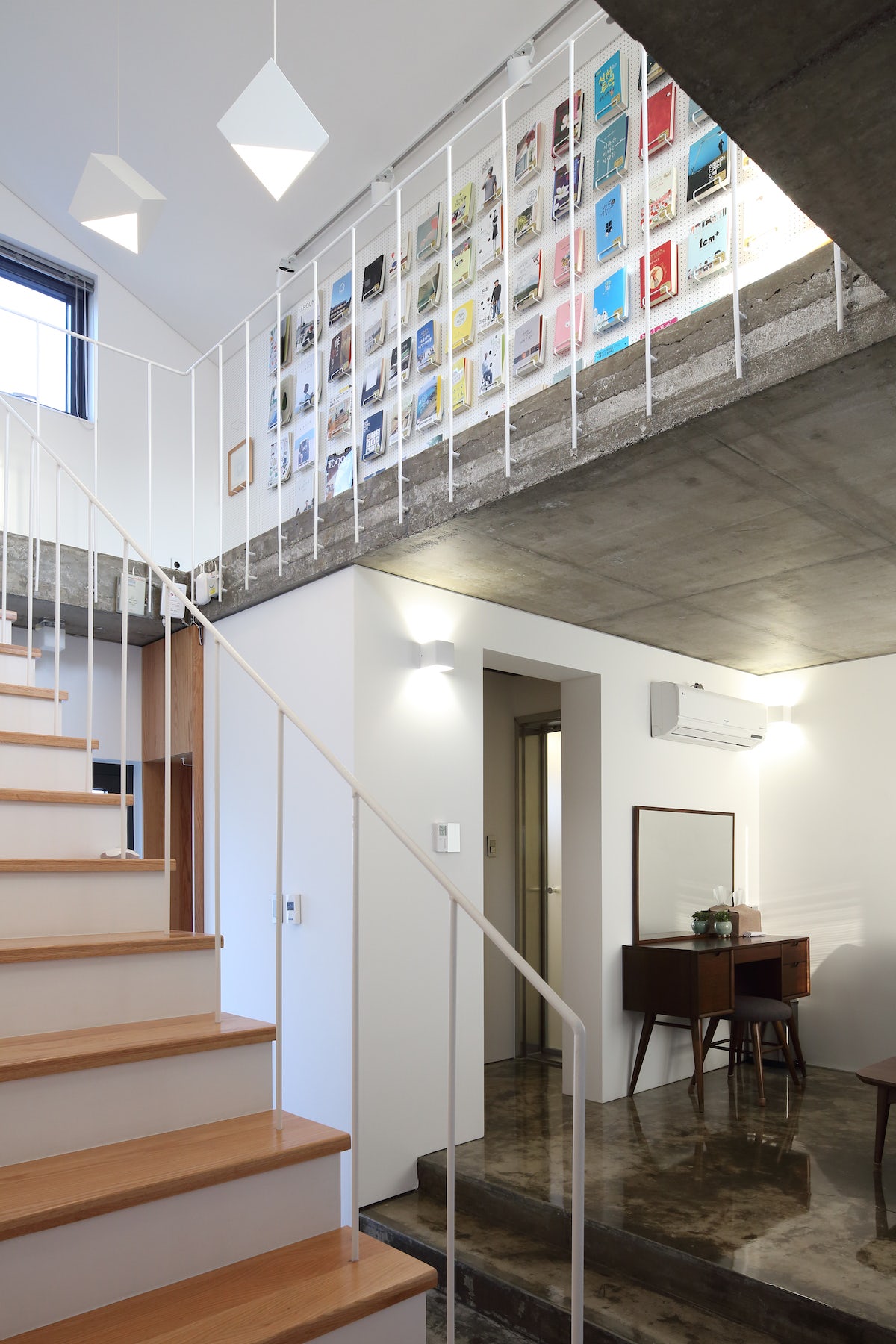
© KIM Jae Kyeong

© KIM Jae Kyeong
Yuwolbyulchae by Z_Lab, Jeju-si, South Korea
This guesthouse, run by a couple who moved from Seoul to Jeju, occupies a renovated farmhouse. The architects wanted to make a house that fitted well with the existing residences in the area, but at the same time stood out. The trend of building annexes and renovating old buildings is catching on in Jeju and the construction industry is booming.
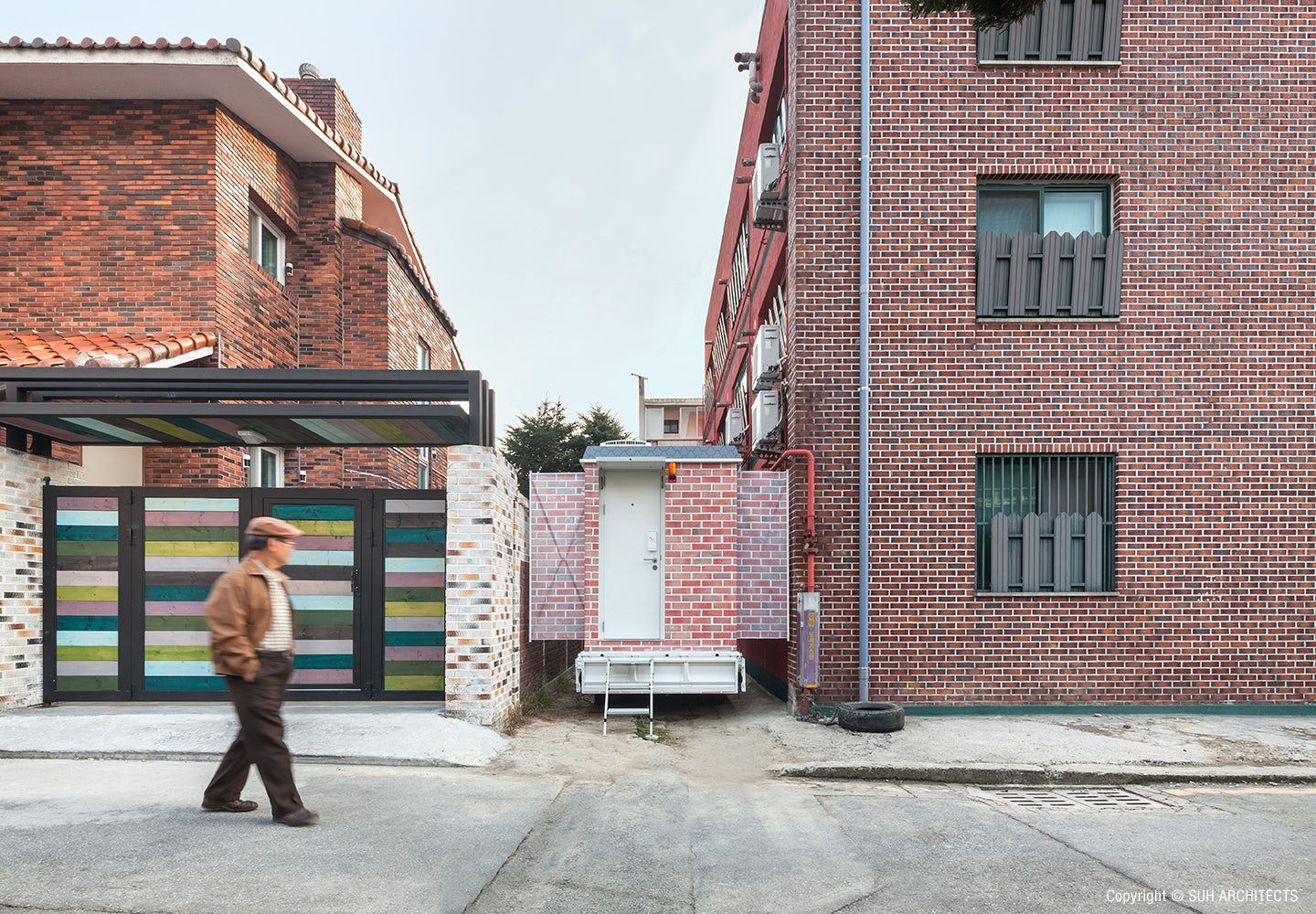
© Kyungsub Shin

© Kyungsub Shin
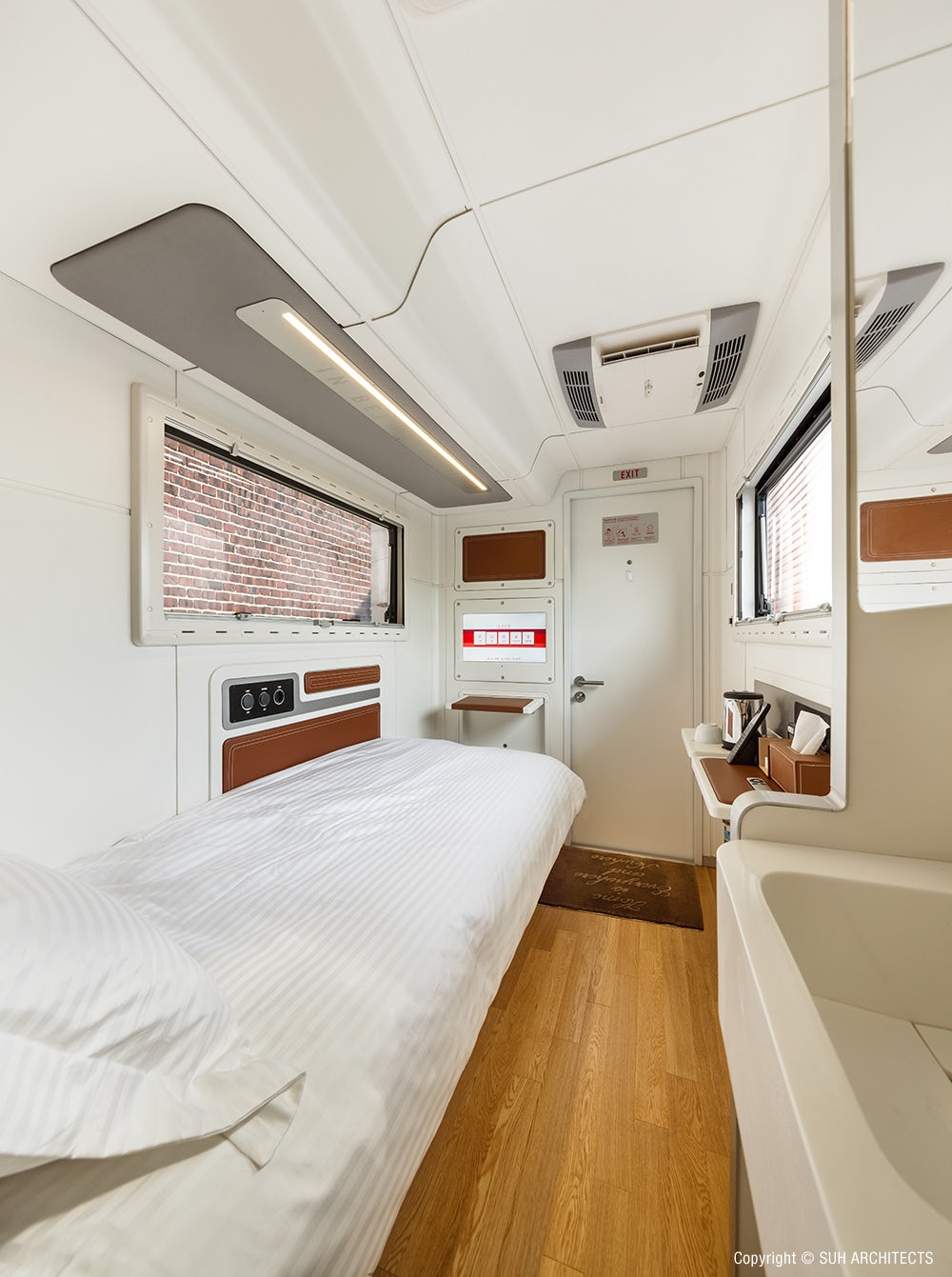
© Kyungsub Shin
IN BETWEEN HOTEL MARK I & II by Suh Architects, Gwangju, South Korea
This whimsical take on tourism is a mobile hotel commissioned for the Kwangju Biennale. As the truck drives around and finds new places to set up, its façade and plumbing can adapt to different environments. This meditation on the act of tourism subverts our notion of traditional hospitality architecture and asks what it means to be a temporary resident.









